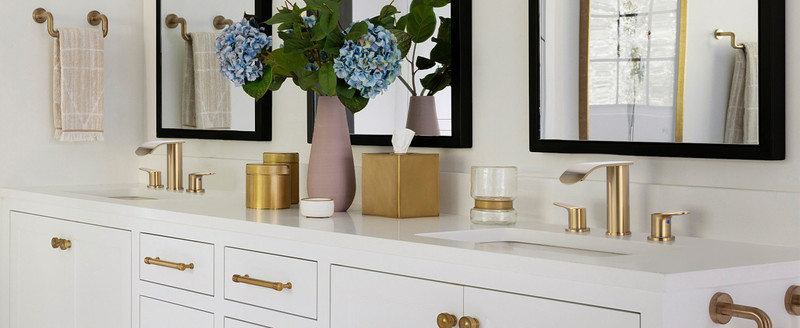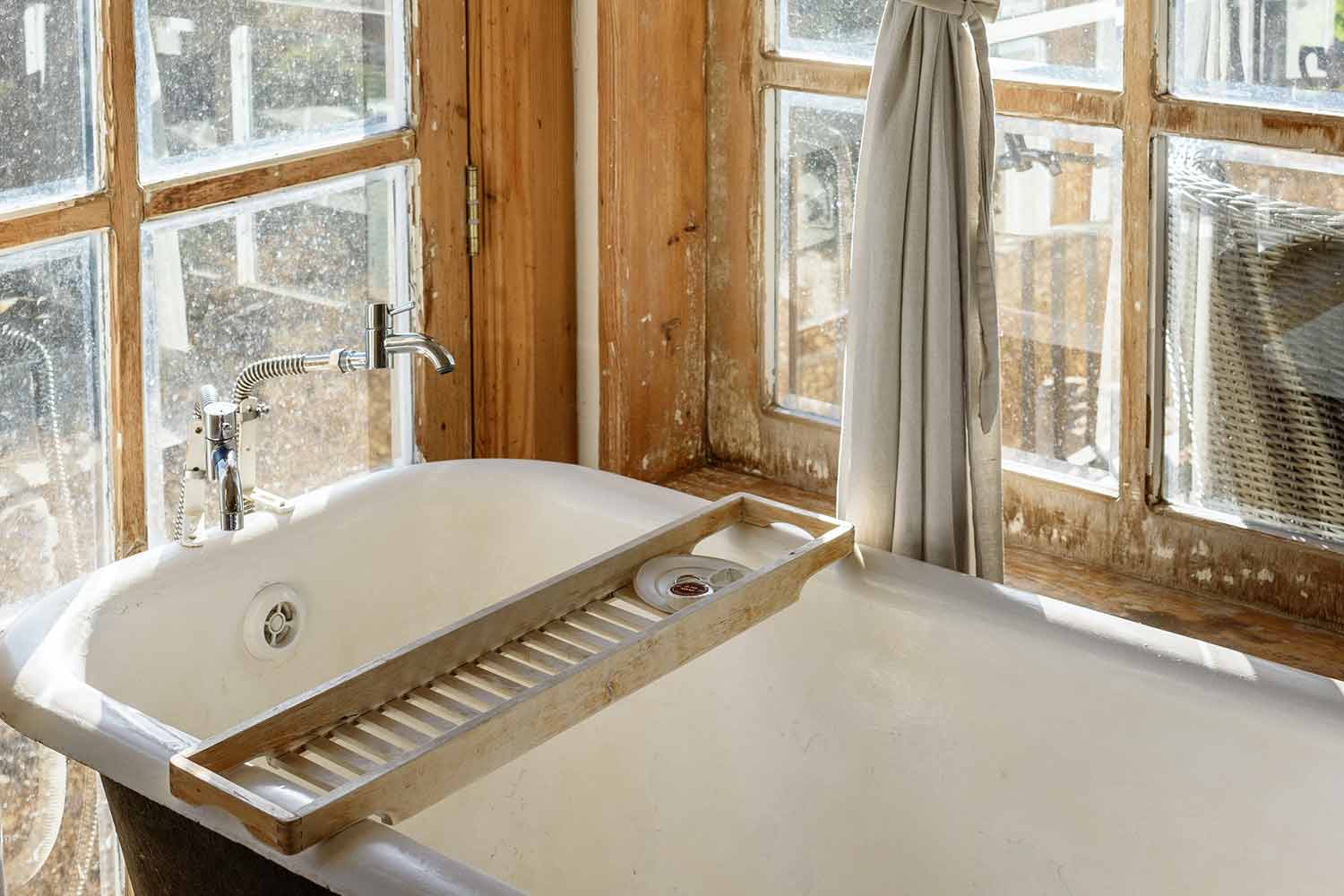
In the ever-evolving world of interior design, styles come and go. What’s in vogue one year can quickly feel outdated the next. One such example is the waterfall faucet—a once-popular trend in both bathrooms and kitchens that has seen its day. As we head into 2025, the waterfall faucet is quickly being considered passé by many design experts, architects, and homeowners alike. But why is this stylish design element fading out of favor? In this post, we’ll explore the reasons behind the fall from grace of the waterfall faucet and what is taking its place in the world of bathroom and kitchen design.
What Was So Appealing About the Waterfall Faucet?
To understand why the waterfall faucet is losing its popularity, it’s essential to first look at what made it so appealing in the first place. The waterfall faucet was synonymous with luxury. Its wide, open spout created a cascade of water that mimicked the soothing sounds and visuals of a natural waterfall. This offered homeowners an added sense of serenity and elegance, which made it especially popular in modern bathroom designs, particularly in spa-like, minimalist spaces.
Waterfall faucets were often chosen for their aesthetic value. Their unique look could instantly elevate a bathroom or kitchen, making them a focal point of the room. They were especially common in freestanding tubs or high-end, large sinks. The faucet’s dramatic water flow was both visually and audibly satisfying.
Rising Maintenance Concerns
One of the first signs that the waterfall faucet was on the way out was the increasing awareness of its maintenance issues. While these faucets are undeniably beautiful, they come with a set of practical challenges that many homeowners didn’t anticipate. One of the biggest issues is water splashing.
The wide, open spout, designed to create a waterfall effect, often leads to water splashing outside of the sink or tub. This can create a mess that’s difficult to clean up and can damage surrounding countertops or cabinetry.
Additionally, the waterfall faucet’s design makes it more prone to hard water buildup. Since the water flows over a wider surface area than traditional faucets, it collects mineral deposits more easily, leading to scaling and discoloration. While regular cleaning can help, this extra maintenance deters many homeowners from choosing this design for long-term use.
Lack of Practicality
As design trends evolve, so do the needs of homeowners. The waterfall faucet, while visually appealing, is not the most practical option in terms of water efficiency. With water conservation becoming a top priority in modern homes, faucets that waste water are no longer seen as desirable.
The waterfall faucet, by nature, uses more water than traditional faucets due to its wide flow. While some models are designed with water-saving features, they often don’t perform as well as conventional faucets in terms of pressure and consistency. In 2025, with sustainability at the forefront of design trends, eco-friendly, water-efficient faucets are the preferred choice.
A Shift Toward Minimalism and Clean Lines
As we head into 2025, interior design is embracing more minimalist and sleek aesthetics. The waterfall faucet, with its bold, dramatic design, no longer fits in with this current trend of simplicity and understated elegance. In the bathroom and kitchen, design elements are becoming more subtle, focusing on clean lines and integrated features that enhance functionality without compromising on style.
Waterfall faucets, with their dramatic flair, are being replaced by faucets that blend seamlessly into the space. Touchless and single-handle faucets that offer a clean, modern look while saving space are taking over. These types of faucets have become more popular because they are easy to use, aesthetically simple, and in line with the streamlined, modern designs that dominate 2025 interior trends.
Shift Toward Other Faucet Styles
With the decline of waterfall faucets, new faucet designs are taking center stage in 2025. Some of the most notable replacements include:
- Pull-Down Faucets: Particularly popular in kitchens, pull-down faucets are versatile, practical, and functional. They offer excellent water flow and flexibility, making them perfect for multi-functional spaces. The design has become sleek and minimal, blending well with various kitchen aesthetics.
- Wall-Mounted Faucets: Wall-mounted faucets have risen in popularity for their ability to create an ultra-modern look. These faucets are often used in bathroom vanities or above freestanding tubs. Their minimalist design and ability to open up countertop space appeal to those seeking a more open, airy feel in their bathrooms.
- Touchless Faucets: Hygiene and convenience have become priorities in bathroom and kitchen design, leading to the rise of touchless faucets. These faucets are easy to use, save water, and offer a sleek, high-tech look that suits modern interiors.
- Matte and Brushed Finishes: In terms of style, matte black and brushed gold finishes are making waves. These finishes have a timeless appeal that works well with various designs, giving homeowners the ability to personalize their space while maintaining an elegant, polished look.
- Art Deco-Inspired Faucets: If you’re looking for luxury without the drama of a waterfall spout, Art Deco-inspired faucets are gaining popularity. These faucets emphasize geometric shapes, intricate details, and elegant finishes. They offer a refined look that feels contemporary yet timeless.
The Environmental Factor
Another driving factor in the decline of waterfall faucets is the growing demand for environmentally friendly home features. With water conservation becoming more of a concern, homeowners are moving toward faucets that provide effective water-saving solutions. Traditional waterfall faucets often lack built-in features that promote water efficiency, which means they’re not as environmentally conscious as newer models.
On the other hand, modern faucets are being designed with low-flow options that provide a balance between aesthetics and sustainability. With consumers increasingly aware of their environmental impact, products that waste water are being left behind in favor of more efficient alternatives.
Conclusion: The End of an Era
Waterfall faucets had their time to shine, but as we move into 2025, their charm is fading. While they will always have a place in some luxury spaces, they no longer fit with the prevailing trends of minimalism, sustainability, and practicality. As homeowners and designers continue to prioritize sleek, functional, and environmentally conscious designs, waterfall faucets are slowly being replaced by more modern alternatives.
For those seeking to update their homes, embracing the simplicity of modern faucet designs can provide a cleaner, more sophisticated look without the maintenance hassle. Whether it’s opting for a wall-mounted faucet, a touchless option, or a sleek pull-down model, the future of bathroom and kitchen faucets is evolving toward efficiency, elegance, and sustainability—leaving the waterfall faucet in the past.







